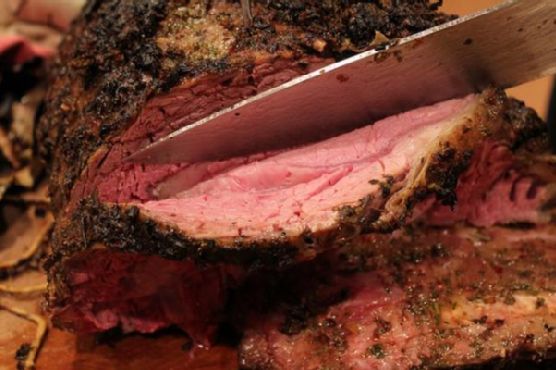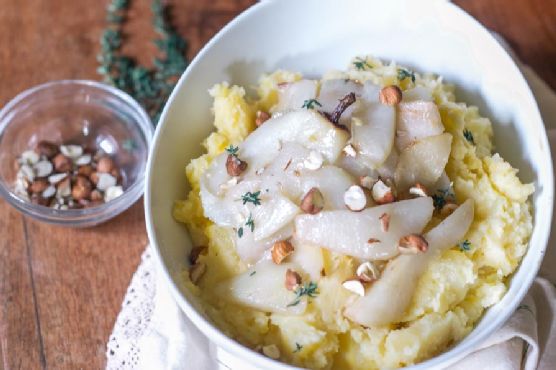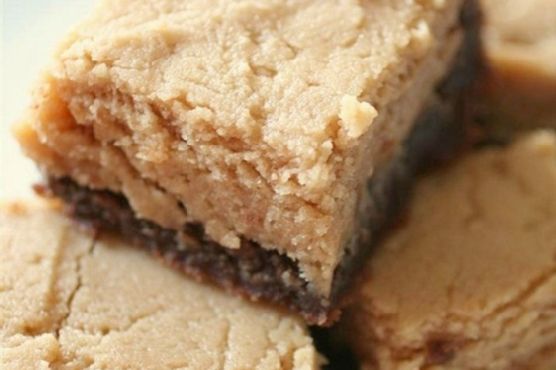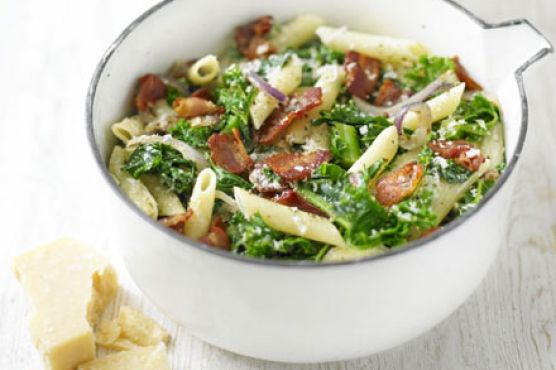Traditional Garlic and Herb Crusted Prime Rib Roast
Traditional Garlic and Herb Crusted Prime Rib Roast might be a good recipe to expand your main course repertoire. This gluten free, dairy free, paleolithic, and primal recipe serves 24 and costs $4.32 per serving. One portion of this dish contains roughly 26g of protein, 53g of fat, and a total of 592 calories. It can be enjoyed any time, but it is especially good for valentin day. It is brought to you by Foodista. 2 people were impressed by this recipe. Head to the store and pick up bay leaves, prime rib roast, gloves garlic, and a few other things to make it today. From preparation to the plate, this recipe takes approximately 45 minutes. With a spoonacular score of 58%, this dish is solid. If you like this recipe, you might also like recipes such as Traditional Garlic and Herb Crusted Prime Rib Roast, Herb Crusted Prime Rib Roast, and Garlic & Herb-Crusted Prime Rib.
Servings: 24
Preparation duration: -1 minutes
Cooking duration: -1 minutes
Ingredients:
Bay leaves
1/2 teaspoon black pepper
1/2 cup fresh parsley leaves, finely chopped
1/2 cup fresh rosemary leaves, finely chopped
1/2 cup fresh tarragon leaves, finely chopped
1/4 cup fresh thyme leaves, finely chopped
3 gloves garlic, crushed
2 tablespoons kosher salt
1/4 cup olive oil
1 10 to 12-pound boneless prime rib roast, at room temperature
Equipment:
Cooking instruction summary:
Nutrition Information:
covered percent of daily need















